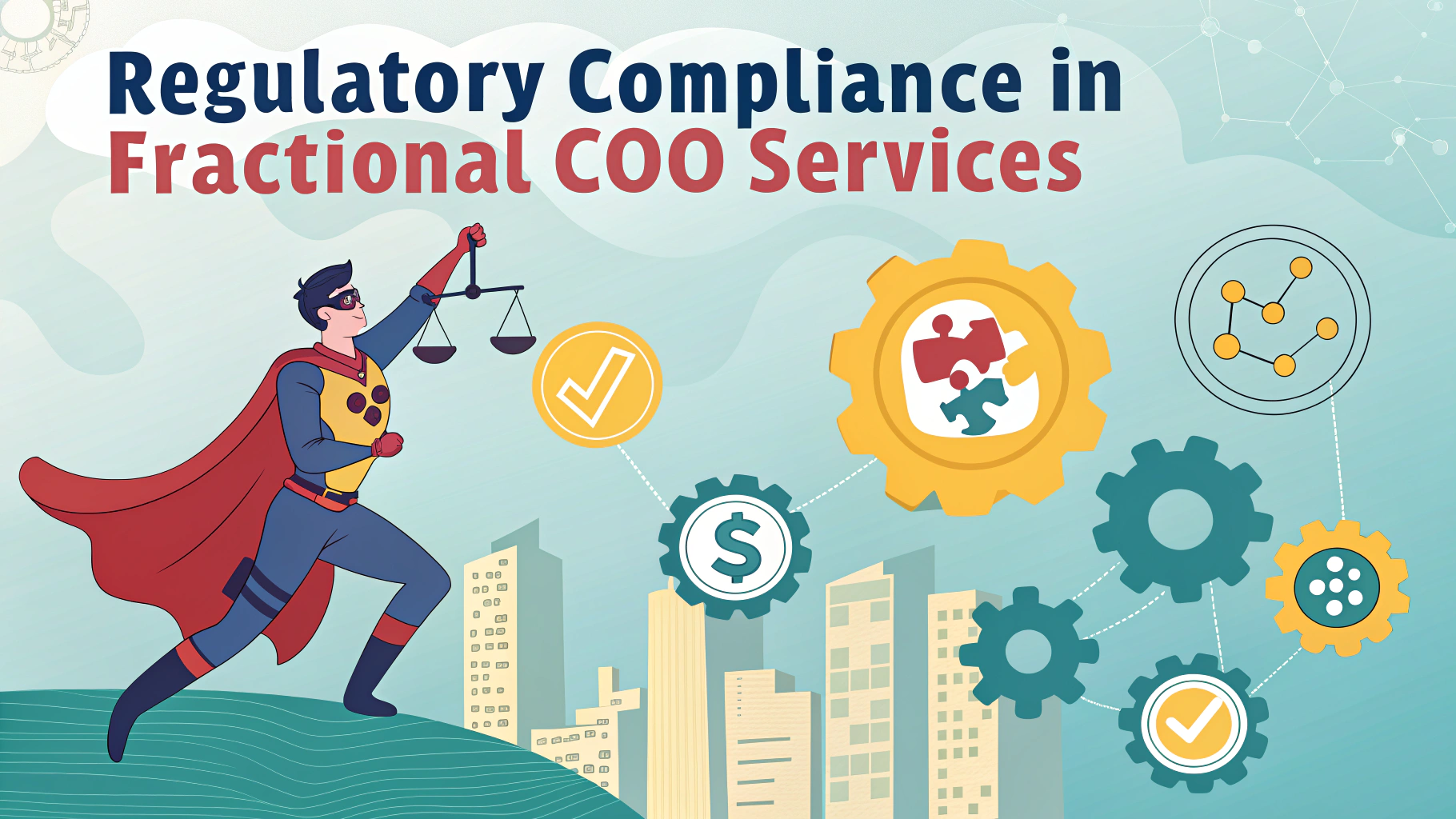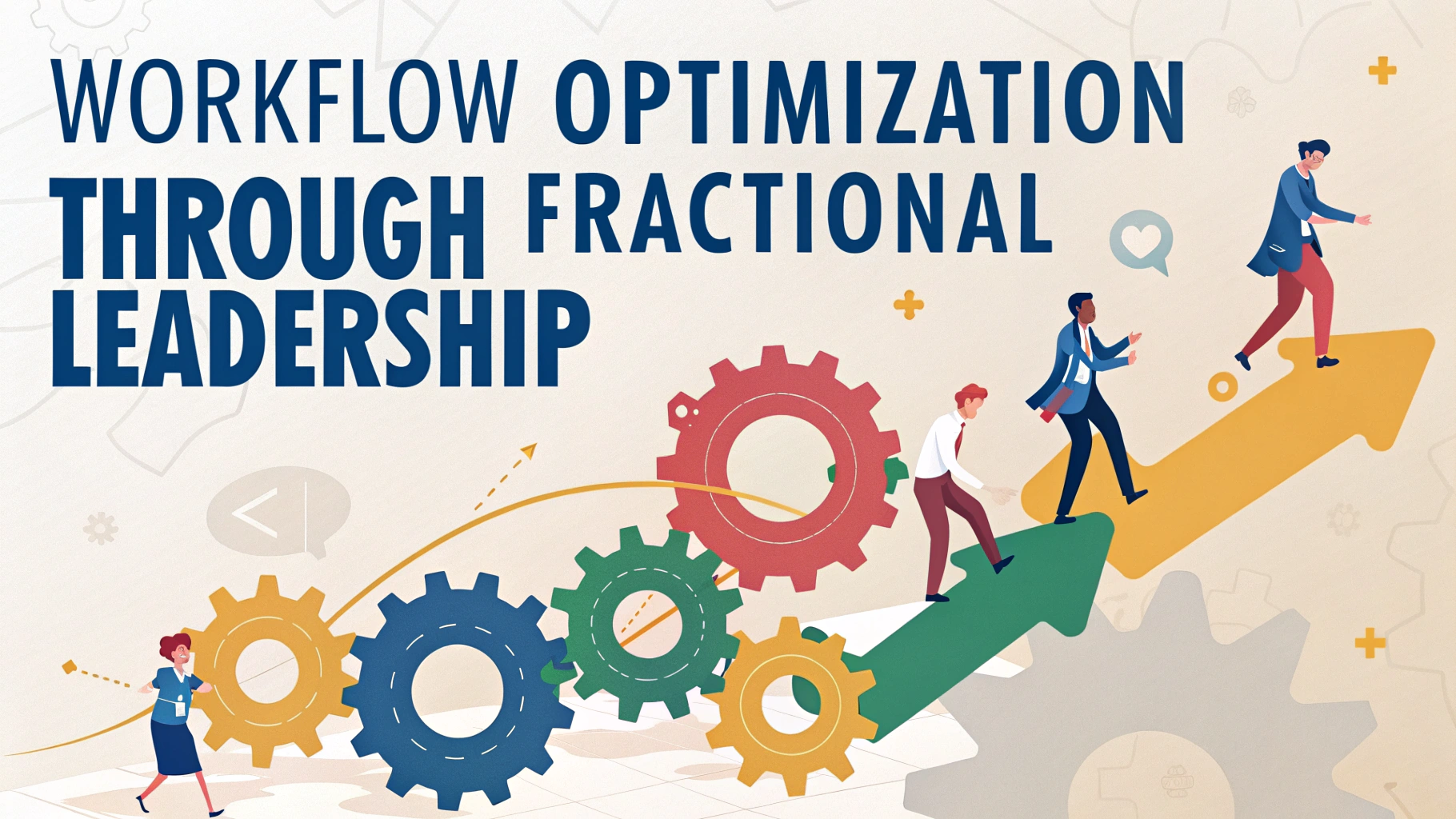A Chief Operating Officer (COO) typically oversees a wide range of departments and roles to ensure smooth business operations and efficient execution of company strategies.
The reporting structure under a COO varies by organization size, industry, and business model, but generally includes key operational functions critical to daily business activities.
Understanding the typical roles reporting to a COO helps organizations structure their operations effectively and establish clear reporting lines.
Direct Reports to COO – Core Functions
- Vice President of Operations
- Supply Chain Director
- Manufacturing Director
- Quality Control Manager
- Facilities Manager
- Logistics Director
- Production Manager
Administrative & Support Functions
- Human Resources Director
- Information Technology Director
- Customer Service Manager
- Process Improvement Manager
- Administrative Services Manager
Industry-Specific Roles
| Industry | Typical Reports |
|---|---|
| Manufacturing | Plant Managers, Production Supervisors |
| Retail | Regional Managers, Store Operations Directors |
| Technology | Technical Operations Director, Systems Manager |
| Healthcare | Clinical Operations Director, Facility Administrators |
Regional & Geographic Leadership
- Regional Operations Directors
- Country Managers
- District Managers
- Territory Leaders
Project & Program Management
- Program Management Office (PMO) Director
- Change Management Leader
- Business Transformation Manager
- Strategic Initiatives Director
Performance & Analytics
- Operations Analytics Manager
- Performance Metrics Director
- Business Intelligence Manager
- Quality Assurance Director
Structuring Your Operations Team
Consider your organization’s size and complexity when determining which roles should report directly to the COO.
Limit direct reports to 7-10 key positions to maintain effective span of control.
Ensure clear communication channels and reporting structures between all operational departments.
Review and adjust the reporting structure periodically as the organization grows or changes.
Building an Effective Operations Structure
Document clear roles and responsibilities for each position reporting to the COO.
Create formal communication protocols between departments and leadership.
Implement regular review meetings with direct reports to maintain alignment and track progress.
Establish metrics and KPIs for each functional area to measure performance and success.
Operational Excellence & Best Practices
Implementing standardized processes and procedures across all operational departments ensures consistency and efficiency.
Regular operational audits help identify areas for improvement and maintain quality standards throughout the organization.
Key Focus Areas
- Process Documentation
- Standard Operating Procedures
- Quality Management Systems
- Continuous Improvement Initiatives
Cross-Functional Collaboration
Successful operations require seamless coordination between different departments and teams reporting to the COO.
Regular cross-functional meetings and projects help break down silos and improve organizational efficiency.
Collaboration Strategies
- Joint Planning Sessions
- Shared Resources Management
- Integrated Project Teams
- Cross-Department Training
Risk Management & Compliance
Operations teams must maintain robust risk management protocols and ensure compliance with industry regulations.
Critical Components
- Risk Assessment Frameworks
- Compliance Monitoring Systems
- Emergency Response Plans
- Business Continuity Programs
Maximizing Operational Success
Effective operational leadership requires a well-structured reporting system that balances control with autonomy.
Organizations must regularly evaluate and adjust their operational structure to maintain competitiveness and efficiency.
Success depends on clear communication channels, defined responsibilities, and strong leadership at all levels.
Continuous improvement and adaptation of operational structures ensure long-term organizational success and growth.
FAQs
- What are the typical direct reports to a Chief Operating Officer (COO)?
Operations Directors, Supply Chain Managers, Manufacturing Directors, Regional Managers, Quality Control Directors, and Facilities Managers commonly report to the COO. - Do HR leaders typically report to the COO?
In many organizations, the Chief Human Resources Officer (CHRO) or HR Director reports to the COO, though in some companies they report directly to the CEO. - Is IT usually under COO supervision?
The Chief Information Officer (CIO) or IT Director often reports to the COO, particularly in organizations where technology is closely tied to operations. - Do regional or division heads report to the COO?
Yes, Regional Vice Presidents, Division Presidents, or Geographic Territory Leaders typically report to the COO, especially in large organizations with multiple locations or divisions. - Are logistics and supply chain managers under COO oversight?
Yes, Supply Chain Directors, Logistics Managers, and Procurement Leaders commonly report to the COO as these functions are critical to operational efficiency. - Does the Quality Assurance department report to the COO?
Quality Assurance Directors and their teams typically report to the COO, as quality control is integral to operational excellence. - Should Production Managers report to the COO?
Production Managers, Manufacturing Directors, and Plant Managers usually report to the COO in manufacturing organizations. - Do Project Management Officers report to the COO?
The Chief Project Management Officer (CPMO) or Project Management Office (PMO) Director often reports to the COO, especially in project-driven organizations. - Are Customer Service departments under COO leadership?
Customer Service Directors or Chiefs of Customer Experience frequently report to the COO, particularly when service operations are a key part of the business model. - Do Research and Development teams report to the COO?
R&D teams may report to the COO in operations-focused companies, though they often report to the Chief Technology Officer (CTO) or directly to the CEO in technology companies.








